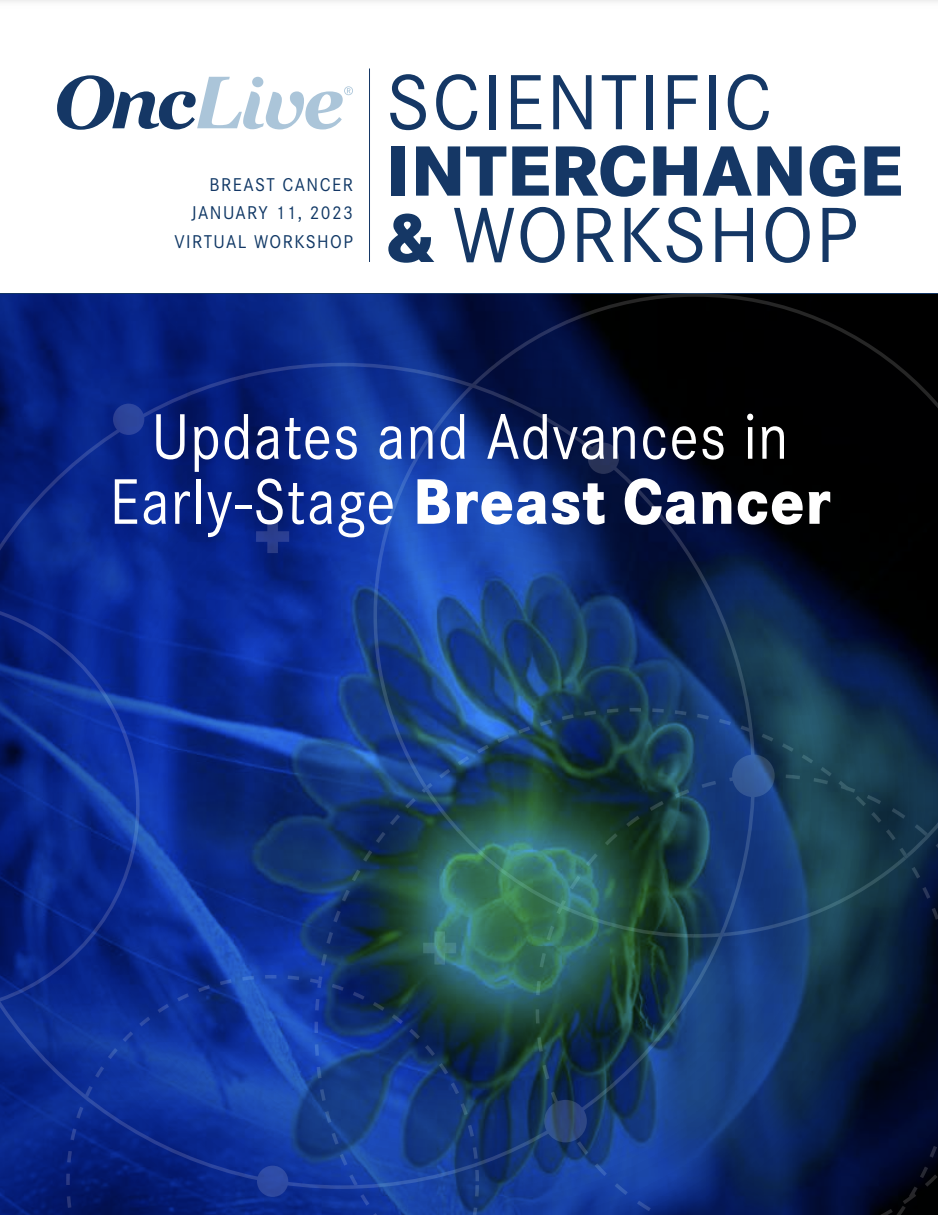Video
Dr Fathi on Ziftomenib in R/R NPM1-Mutant AML
Author(s):
Amir Fathi, MD, discusses findings from the phase 1b expansion portion of the phase 1/2 KOMET-001 trial in patients with relapsed/refractory acute myeloid leukemia harboring NPM1 mutations.
Amir Fathi, MD, program director, Center for Leukemia, Massachusetts General Hospital; associate professor, medicine, Harvard Medical School, discusses findings from the phase 1b expansion portion of the phase 1/2 KOMET-001 trial (NCT04067336) in patients with relapsed/refractory acute myeloid leukemia (AML) harboring NPM1 mutations.
Updated data from KOMET-001, which were presented at the 2023 EHA Congress, included efficacy findings in 20 patients with NPM1-mutant disease who received the menin inhibitor ziftomenib at 600 mg daily, which was determined to be the optimal dose of the drug, Fathi says. Of these patients, 35% achieved a complete response (CR), and the composite CR (CRc) rate, which included 1 additional patient who achieved a CR with incomplete count recovery (CRi), was 40%. The patient with a CRi proceeded to hematopoietic stem cell transplant and, at the data cutoff date of April 12, 2023, had achieved and remained in CR. In patients with FLT3 (n = 6) or IDH (n = 8) co-mutations, the CR rates were 33% and 50%, respectively, indicating that these co-mutations did not affect ziftomenib responses. The overall response rate, which included 1 additional patient who achieved a morphological leukemia-free state, was 45%.
Patients appeared to respond relatively quickly to ziftomenib treatment, with a median time to response of 51 days at a median follow-up of 8.8 months, Fathi notes. One patient, who had minimal residual disease (MRD)–negative AML, continued to have a CR with ziftomenib into cycle 36. In total, 67% of patients with CRc achieved MRD negativity with ziftomenib. In addition, by the end of the third, fourth, and fifth treatment cycles, several responders had increased platelet and absolute neutrophil counts.
At baseline, these patients had received a median of 3 prior lines of therapy (range, 1-10), including prior venetoclax (Venclexta) in 65% and prior stem cell transplant in 20%. The early responses in this heavily pretreated patient population are promising, Fathi concludes.
Disclosures: Dr Fathi reports consulting roles with Agios, Celgene/BMS, Astellas, Daiichi Sankyo, Takeda, Kura, Amgen, Pfizer, Seattle Genetics, AbbVie, and Genentech; and research support from Celgene/BMS and Agios.









